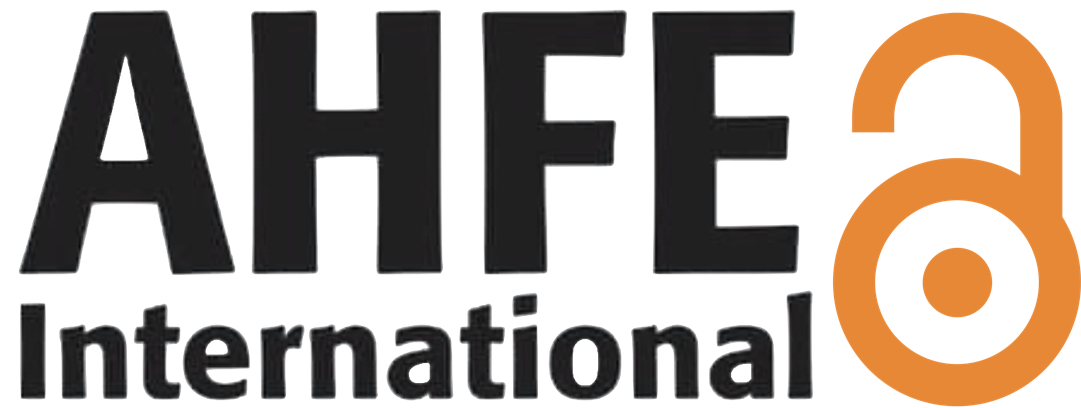Comparison of Two Smartwatch-Based Approaches for Real-Time Activity Classification in the Care Context
Open Access
Article
Conference Proceedings
Authors: Sergio Staab, Nadia Günter, Ludger Martin, Johannes Luderschmidt
Abstract: This work presents a comparative analysis of two approaches to the classification of human activities. These approaches offer the potential for the automation of caregivers’ documentation of activities performed by patients, which could facilitate improvements in the treatment of diseases.Both approaches are based on integrating smartwatch technology with a neural network, enabling the real-time classification of activities. The integration of sensor technology into a patient's daily life via a smartwatch can facilitate the treatment of their disease and provide information about disease progression and disease-related changes. The smartwatch offers the ability to sample accelerometer, gyroscope, gravity, and position data at a frequency of 20 hertz (Hz), which is then transmitted to a recurrent neural network called Long Short-Term Memory (LSTM) for real-time classification.The implemented real-time classification provides immediate and precise indications regarding the temporal occurrence and probability of performing one of the defined activities. The primary distinction between the two classification methodologies pertains to the implementation of the LSTM network. One approach involves the operation of the Long Short-Term Memory (LSTM) neural network on a server, while the other employs direct operation on the smartwatch. This distinction yields notable contrasts in performance and functionality.The findings indicate that the server-based smartwatch model exhibits superior classification accuracy and more comprehensive functionalities, whereas the model implemented on the smartwatch demonstrates enhanced flexibility.Based on data obtained from smartwatch sensors, activities that are very similar can be classified flexibly, irrespective of location and in real-time. The insights gained about patients' motor skills provide the potential for nursing staff to be supported in the care of their patients with neurological diseases.
Keywords: Human Motion Analysis, Machine Learning, Activity Recognition
DOI: 10.54941/ahfe1005942
Cite this paper:
Downloads
310
Visits
700


 AHFE Open Access
AHFE Open Access